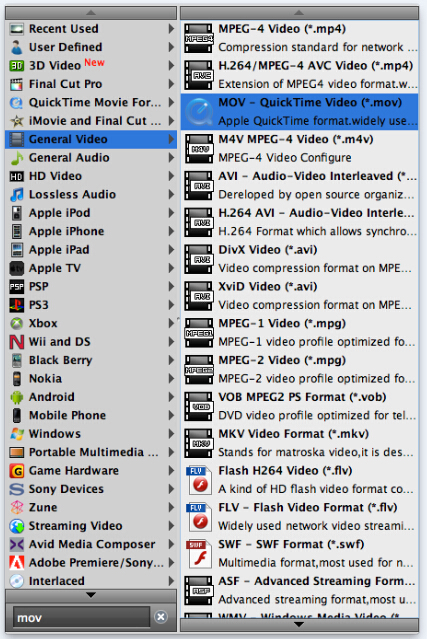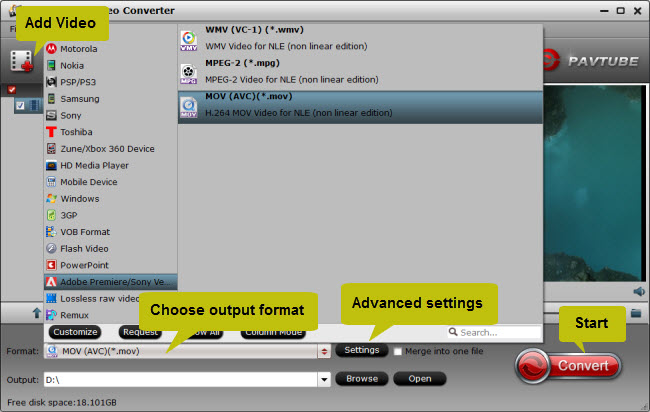
The default Multitrack MXF File setting presents a list of tracks (including a video track, a track for each audio subrole assignment, and a caption track).Ĭombine roles in a track: For any track in the list, click the Add Role pop-up menu (on the right) to add roles or subroles for the track. Multitrack MXF File (the default setting)įor information about creating a custom preset, see Create and modify custom presets. In the Roles pane, click the “Roles as” pop-up menu and choose one of the following: The available video codecs are determined by the resolution and frame rate of your project.Ĭlick Roles at the top of the Share window. In the Settings pane, click the Format pop-up menu and choose MXF.Ĭlick the “Video codec” pop-up menu and choose a video codec for the MXF file. To view the compatible devices, move the pointer over the Compatibility icon in the lower-right corner.Ĭlick Settings at the top of the Share window. Changing the title does not change the project or clip name, which is the name used for the exported file.Īt the bottom of the window, view information about the file that will be exported, including frame size and frame rate, audio channels and sample rate, duration, output file type, and file size.įor some destinations, you can also view a list of devices that will play the exported file. Important: By default, the title field lists the project or clip name.

All of the attributes associated with the project or clip are included in the output file. In the Info pane, view and modify project or clip attributes, such as the title and description.įor more information, see View and change metadata shared with projects. If you’re batch sharing (exporting multiple items), the image is replaced by a list of the items you’re exporting. Move the pointer over the image to skim the video.

In the Share window that appears, do any of the following: For more information about optimized and proxy media, see Control playback quality and performance.Ĭhoose File > Share > Master File (or press Command-E).Ĭlick the Share button in the toolbar, then click Master File. If optimized media doesn’t exist, the original media is used. When you choose this setting, Final Cut Pro uses optimized media to create the shared file. This ensures the highest quality in the exported file.

If you’re sharing a project that is set to use proxy media for playback, open it in the timeline, then click the View pop-up menu in the top-right corner of the viewer and choose Optimized/Original. Select one or more ranges in clips in the browser.įor information about selecting multiple ranges, see Manage multiple range selections in event clips. You can use the I and O keys to set the range start and end points. Note: To share just a portion of a project, you must make a range selection.


 0 kommentar(er)
0 kommentar(er)
